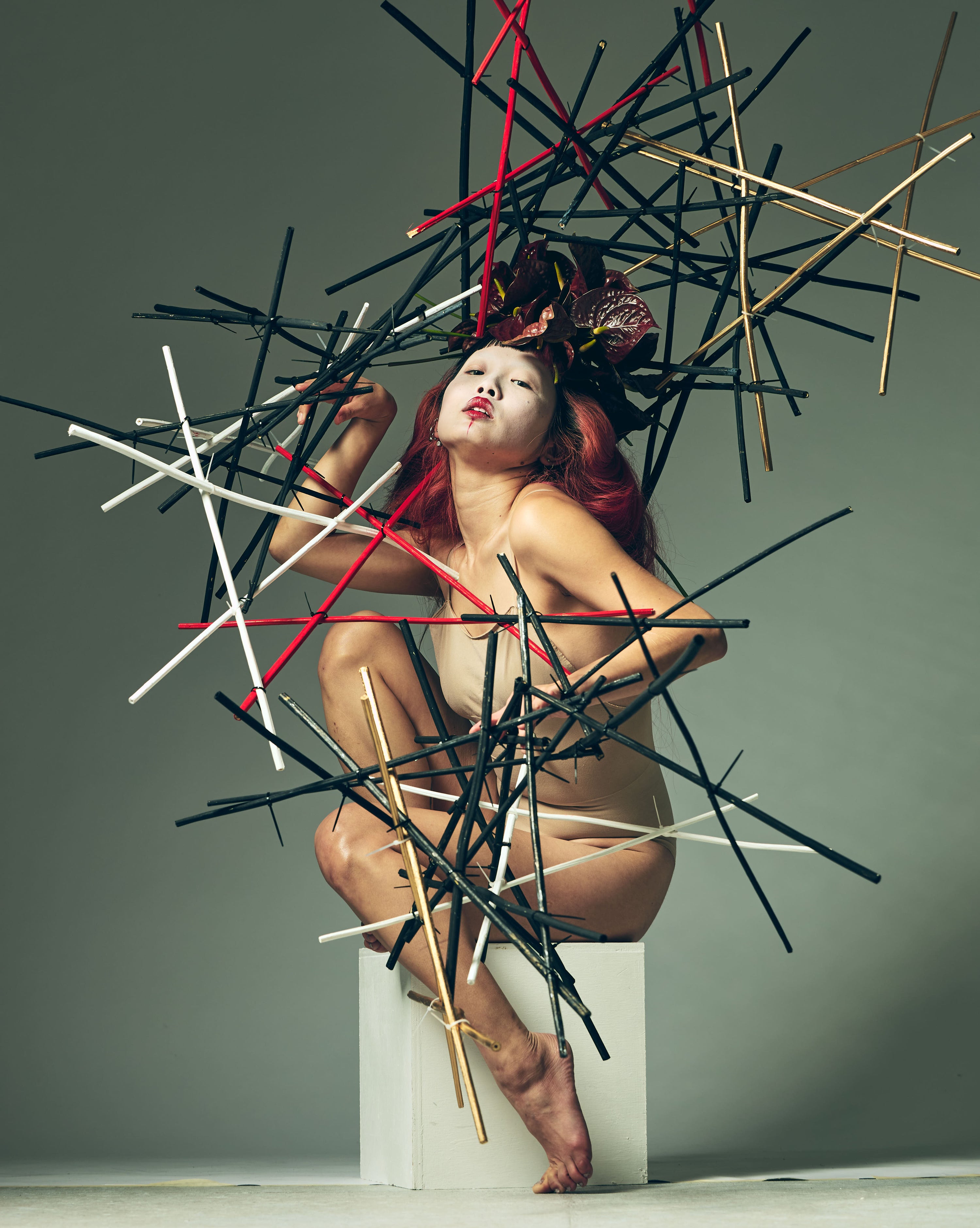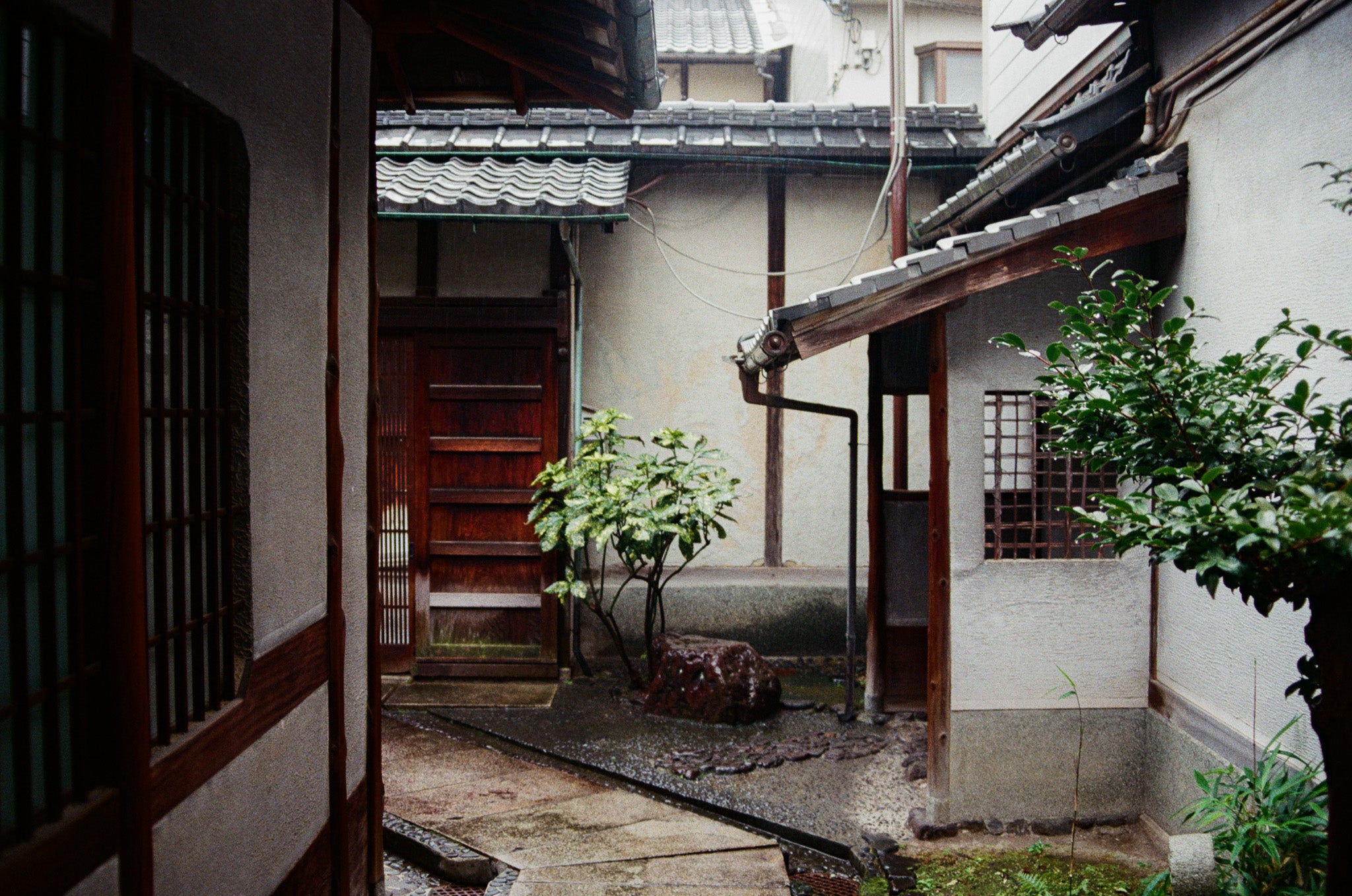TORU KIRIYAMA
GAS CHROMOTOGRAPHY-MASS SPECTROMETRY
"Molecules & Matter"
In Osaka’s Kitahama district, a subtle revolution is quietly reshaping the art of drinking—where science meets sensory exploration. At its center is Toru Kiriyama, a self-taught mixologist whose bar, Kirip Truman, has become a haven for those in search of cocktails that defy convention. Using gas chromatography–mass spectrometry (GC-MS) to dissect the aromatic compounds of his ingredients, Kiriyama crafts drinks that are as meticulously precise as they are emotionally evocative. His approach transforms the bar into something closer to a laboratory, where each cocktail becomes both experiment and experience. Guests are invited not only to taste but to participate in a dialogue between chemistry and culture. In doing so, Kiriyama challenges long-standing traditions of Japanese bartending, which typically prize intuition and ritual over scientific analysis. Yet far from rejecting heritage, he reimagines it—bridging the precision of technology with the intimacy of human sensation.

PROLOGUE
Gas chromatography–mass spectrometry (GC-MS) is one of the most powerful analytical tools in modern science, capable of identifying and quantifying the complex chemical compounds present in a wide range of substances. In Japan, a country renowned for its meticulous craftsmanship and dedication to quality, GC-MS has found unique applications beyond traditional laboratories. From ensuring the purity of high-end teas and sake to analyzing fragrance compounds in perfumery and artisanal culinary creations, the technology bridges scientific rigor with sensory artistry.
For innovators, GC-MS transcends conventional use, offering a new lens through which to explore taste, aroma, and the emotional resonance of flavor.

“I’ve been an audio fan for over 50 years.”
Kiriyama’s approach treats each cocktail as a composition, where the molecular structure of ingredients guides the pairing of flavors. This method results in beverages that not only taste exquisite but also evoke specific moods and memories. His innovative techniques have garnered attention beyond the bar scene, leading to collaborations with major companies and recognition at international events. Notably, his non-alcoholic fermented drink, “Inori Japanese Pure Kombucha,” was served at the 2023 G7 Trade Ministers’ Meeting in Osaka and won first place in the bottle design category at the World Kombucha Awards in Spain that same year.
Parallel to Kiriyama’s scientific exploration is the work of Toru Kurokawa, a contemporary ceramic artist based in Kyoto. Kurokawa’s sculptures delve into the interplay between materiality and form, often featuring undulating structures with large perforations that invite contemplation. His background in sculpture and painting, combined with a Master of Fine Arts from Kyoto City University of Arts, informs his tactile and intellectual approach to ceramics.


“One day, I finally got the sound just right and I thought… maybe someone else should hear this too."
Kurokawa’s pieces, much like Kiriyama’s cocktails, challenge the viewer to engage with the work on a sensory level. The porous nature of his sculptures suggests a dialogue between the internal and external, the seen and unseen. This exploration of boundaries resonates with Kiriyama’s own blending of science and art, where the precise measurement of compounds leads to the creation of something profoundly human.

“I wanted to share the joy of great sound and I wanted to enjoy myself, even as I got older.”
Together, Kiriyama and Kurokawa exemplify a contemporary Japanese aesthetic that values subtlety, precision, and emotional depth. Their work invites us to consider how the meticulous study of materials—be it through chemical analysis or sculptural form—can lead to experiences that transcend the ordinary. In their respective fields, they demonstrate that the fusion of tradition and innovation can yield creations that are both intellectually stimulating and deeply moving.
NEXT ARTIST

ARTIST

IKEBANIST

PRESERVATIONIST




